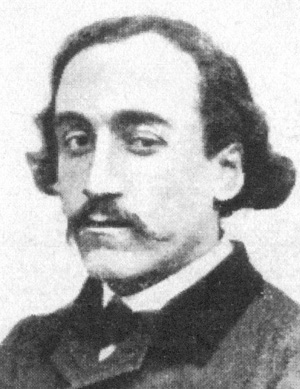Alejo Vera facts for kids
Alejo Vera y Estaca (born July 14, 1834, died February 4, 1923) was a famous Spanish painter. He was known for his "Romantic" style of art. He often painted scenes from history, which is called "history painting." Alejo Vera was born in Viñuelas and passed away in Madrid.
Biography
When Alejo was young, his school teachers saw that he was very good at drawing. They asked the government of Guadalajara Province for money to help him study art. He received the money and started learning at the Escuela de Bellas Artes de San Fernando in Madrid. Later, he worked with a well-known artist named Federico de Madrazo.
With help from a local banker, Alejo traveled to Italy. There, he was amazed by the ancient ruins of Pompeii. You can see this influence in his later paintings. One of his first big works in Italy was "The Burial of Saint Lawrence in the Catacombs of Rome." He sent this painting to the National Exhibition of Fine Arts in 1862. He won a top award, the First-Class Medal, for it. In 1866, he won another medal for his painting of Saint Valerius.
From 1874 to 1878, Alejo was a professor at the San Fernando art school. He also painted a large picture on the ceiling of the Madrid Chamber of Commerce. This painting was called "Allegory of Abundance." In 1878, he got a job at the new Spanish Academy in Rome. There, he painted what many consider his most famous work, "Numancia." This painting is also known as "Numancia's Last Day." It won First Prize at the National Exhibition in 1881.
Alejo was supposed to help decorate the San Francisco el Grande Basilica in Madrid. However, he was removed from the team. This happened because of a disagreement about how much he would be paid. Some of his ideas for that project were later used in his painting "The Miracle of the Roses." This painting shows a story about Saint Francis of Assisi.
In 1891, Alejo Vera became the Director of the Spanish Academy. He held this important position for six years. After that, he retired and moved back to Spain. He continued to teach art and show his paintings in exhibitions. He did this until 1919, when his health no longer allowed it. When he passed away, his family waited until after his burial to announce it, as he had wished.
See also
 In Spanish: Alejo Vera para niños
In Spanish: Alejo Vera para niños


